Geothermal Atlas of India
The Indian geothermal springs have been the core of myths and religious beliefs for the ancient and contemporary Indian cultures. Since ancient times, it is believed that hot springs possess divine power as they are God's gift. India's Nationally Determined Contributions (NDC) under the Paris Agreement for the period 2021- 2030 includes, to reduce emissions of GHG by 33 to 35 %. It also aims to achieve about 40% of cumulative electric power installed capacity from non-fossil fuel based energy resources by 2030. India has 4th and 5th global positions in the wind and solar power deployment, respectively. Spiraling import bill, adverse climatic implications due to burning of fossil fuels and limited hydrocarbon deposits are some of the biggest challenges of the Indian energy ecosystem. In this context, it has become important to look seriously on a clean, green and continuous source of energy like geothermal energy. At present, the contribution of geothermal energy in the energy matrix of India is nil, hence we need to explore potential sites for the exploitation of geothermal energy.
The long awaited revised edition of "Geothermal Atlas of India" has been published. The first edition of the Geothermal Atlas of India was published in 1991. Since then, there has been a lot of advancement in the field of geothermal energy and a huge volume of multifaceted data has been accrued with respect to the Indian geothermal system keeping pace with the advancements of the global geoscientific studies.
Get it now and save 10%
BECOME A MEMBER
-
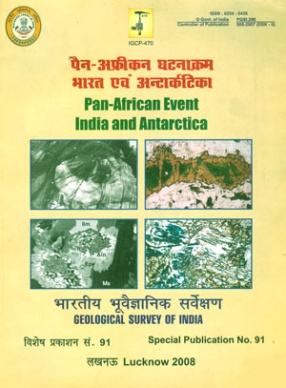
Pan-African Event India and Antarctica
-
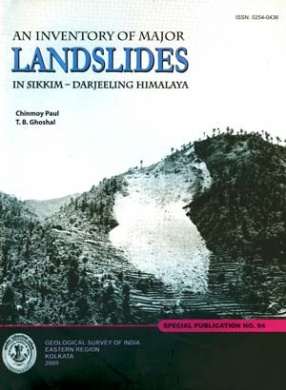
An Inventory of Major Landslides in Sikkim-Darjeeling Himalaya (Geological Survey of India, Special Publication No. 94)
-
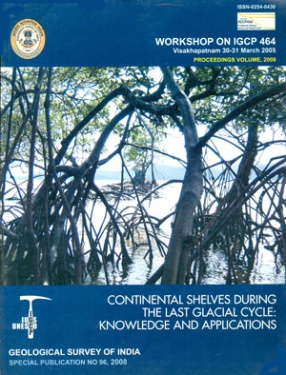
Continental Shelves During the Last Glacial Cycle: Knowledge and Applications, 2001-2006, Visakhapatnam 30-31 March 2005
-
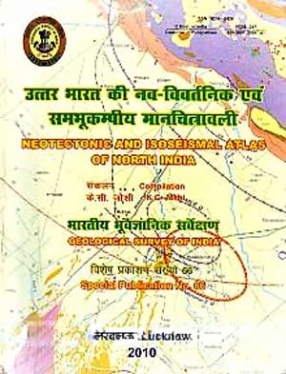
Neotectonic and Isoseismal Atlas of North India

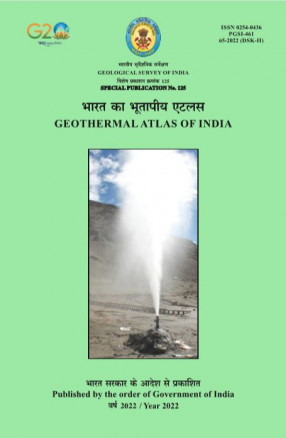
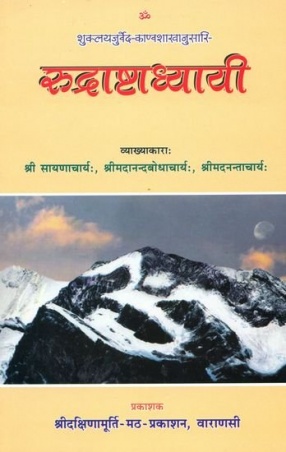
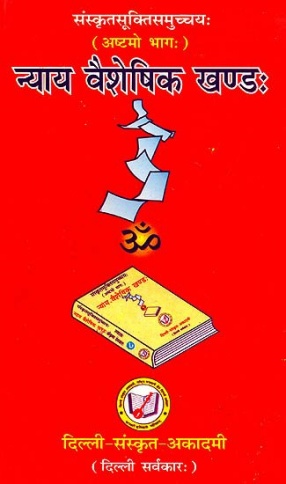

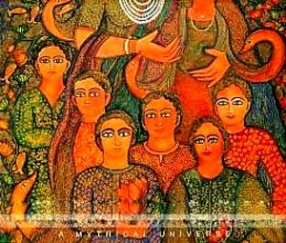
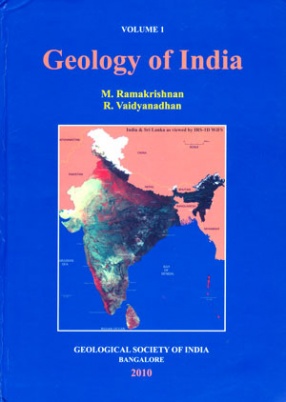
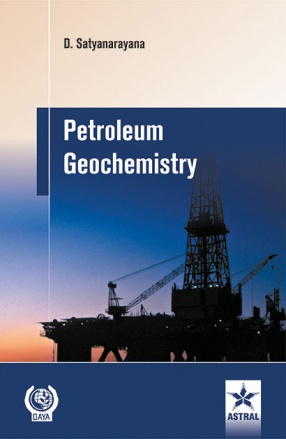
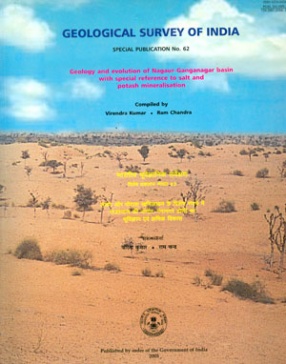
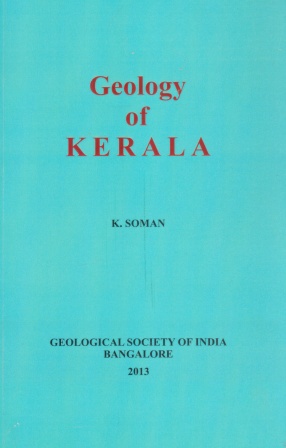

Bibliographic information
Bishnu P. Biswal
Labli Chand Rajan
Ors.